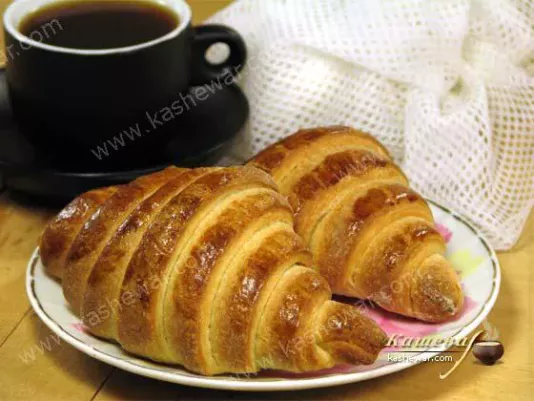Candied Grapefruit Rinds
Candied grapefruit slices are a French recipe, a simple sweet and a simple dessert.

France is a country where cooking is elevated to an art form. In French cuisine, not only the dish itself but also its execution matters: texture, aroma, seasonality, presentation, and pairing. The foundations of modern restaurant culture were laid here, and classic sauces and cooking techniques became the basis of European gastronomy. French cuisine is also a philosophy of taste, where balance, simplicity, and attention to detail reign. It has evolved over centuries – from rustic regional meals to the finest haute cuisine masterpieces. Whether it's tarte Tatin, ratatouille, boeuf bourguignon, or a simple omelet – every dish reflects deep culinary culture and a love of food.
French cuisine includes hundreds of classic recipes that have become symbols of gastronomy. Among the most famous are onion soup made with caramelized onions and meat broth, topped with melted cheese on a crouton. Other favorites include boeuf bourguignon (beef stewed in wine), coq au vin (chicken in wine), gratin dauphinois, Niçoise salad, ratatouille, tarte flambée, quiche Lorraine, and andouillette. French desserts are celebrated worldwide – crème brûlée, macarons, éclairs, soufflé, tarte Tatin, clafoutis, flan, mille-feuille. Another hallmark is baked goods: baguette, croissant, brioche, fougasse, bread with hazelnuts or olives. Recipes are often based on precise techniques, yet allow room for creativity. Seasonality is essential, and harmony of flavor is the guiding principle.
Each region of France has its own culinary identity. In Provence, vegetable dishes, olive oil, herbs, and Mediterranean flavors dominate – this is where ratatouille and aioli originate. Brittany is famous for its buckwheat galettes and seafood. Burgundy is known for red wine, Époisses cheese, and meat dishes. Alsace blends French and German influences – flammekueche, choucroute, and sausages are common here. In eastern France, dishes often feature butter, cream, and mushrooms, while in the southwest, duck, foie gras, and confit are traditional. This variety keeps French cuisine vibrant and adaptable – constantly evolving while preserving its roots.
French cuisine is based on simple, high-quality ingredients: meat, poultry, fish, vegetables, butter, cheese, bread, wine, and herbs. Commonly used vegetables include onions, garlic, leeks, carrots, celery, tomatoes, mushrooms, green peas, and spinach. Dishes often begin with sofrito or roux (a flour and butter mixture used to thicken sauces). Popular methods include braising, baking, sautéing in butter, bain-marie, confit, and blanching. Sauces receive special attention – béchamel, velouté, espagnole, hollandaise, and tomato sauce make up the classic "mother sauces," from which hundreds of derivatives stem. The French are not afraid to devote time and patience to achieve perfect flavor. Even an omelet is prepared with strict technique: tender, folded, and without browning.
French cuisine is incomplete without wine and cheese – these are pillars of the country's gastronomic identity. France produces over 400 types of cheese: Camembert, Brie, Roquefort, Comté, Reblochon, Chèvre, and Munster. Cheese is typically served after the main course, as part of a ceremonial tradition. Wine not only accompanies meals but is also used in cooking: meat and vegetables are braised in Bordeaux, Champagne is added to sauces, and white wine is used with game and seafood. Each region has its own wine style – Burgundy, Bordeaux, Champagne, the Loire Valley, Alsace. Wine culture shapes culinary thinking: food and drink are meant to complement each other. In haute cuisine, this is elevated to an art – the dish and the wine form a harmonious ensemble.
French cuisine has influenced the entire world, becoming the foundation of culinary education and restaurant culture. Many chefs received their training in France, and principles like mise en place, plating, and service have become international standards. In 2010, French gastronomy was inscribed on UNESCO's list of intangible heritage. Today, French cuisine is a blend of tradition and innovation. Young chefs uphold classic techniques while exploring new approaches – emphasizing seasonality, local ingredients, lightness, and aesthetics. Thousands of restaurants worldwide offer both traditional and modernized French menus. This demonstrates its flexibility and resilience – French cuisine not only preserves its past but also shapes the future of gastronomy.